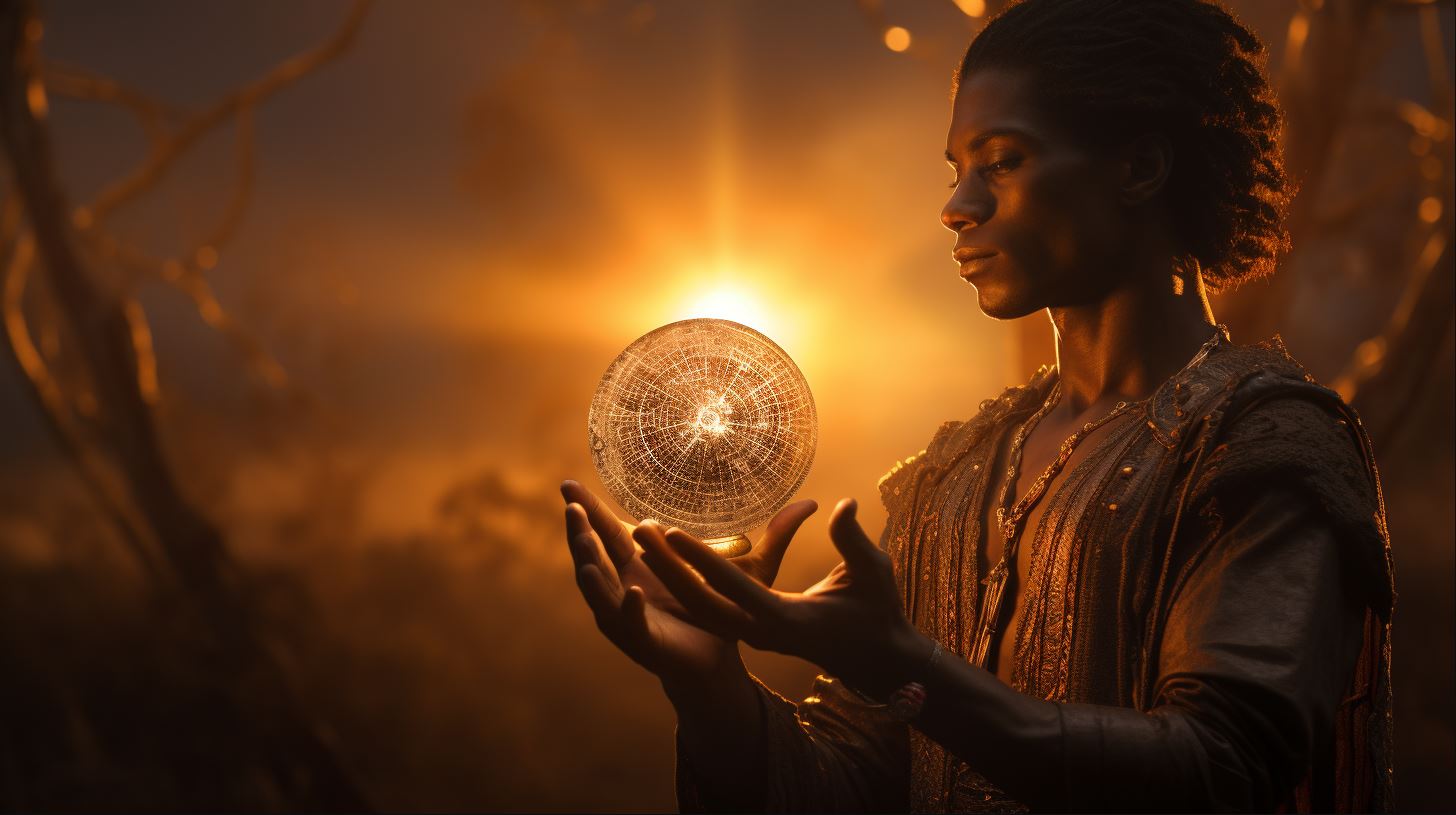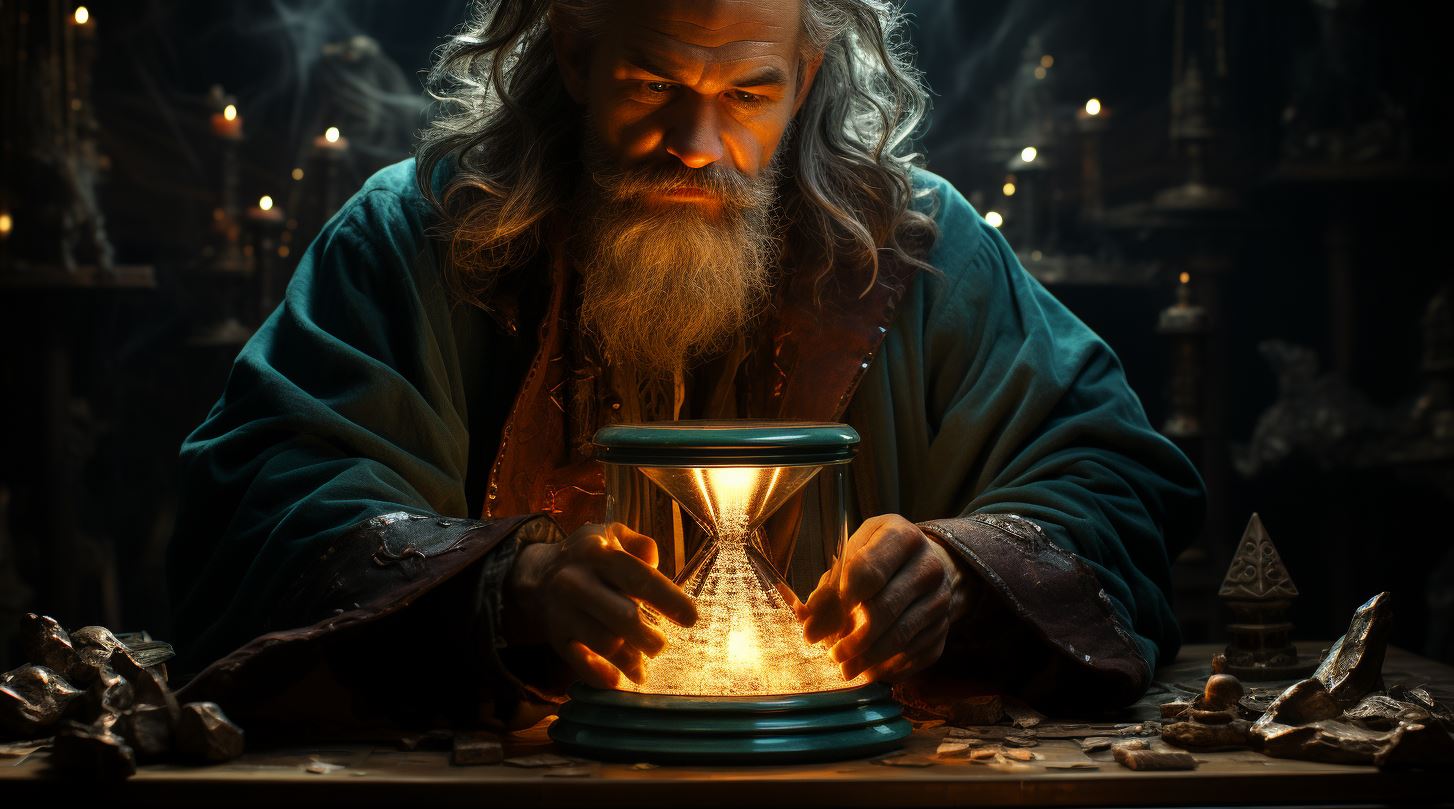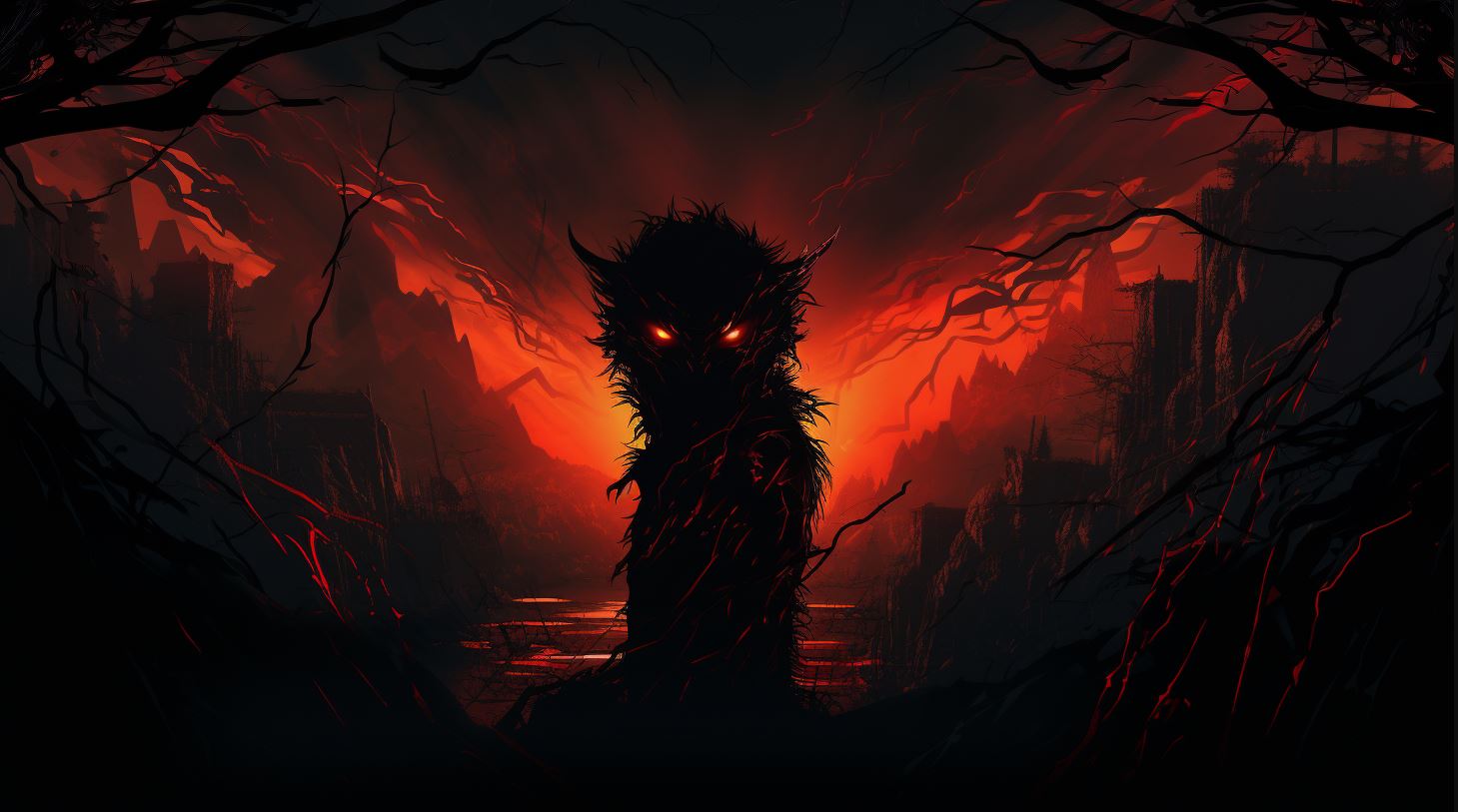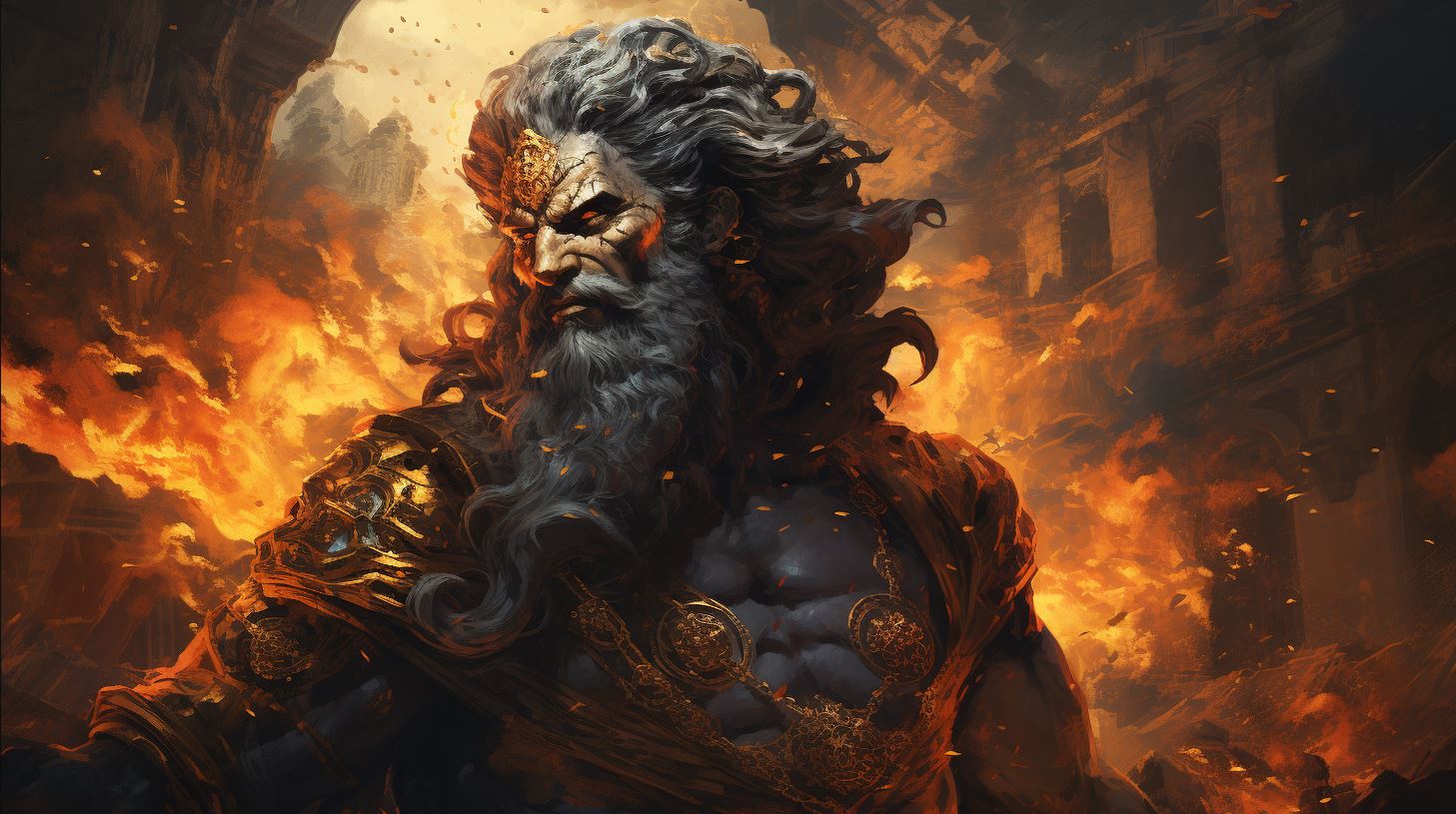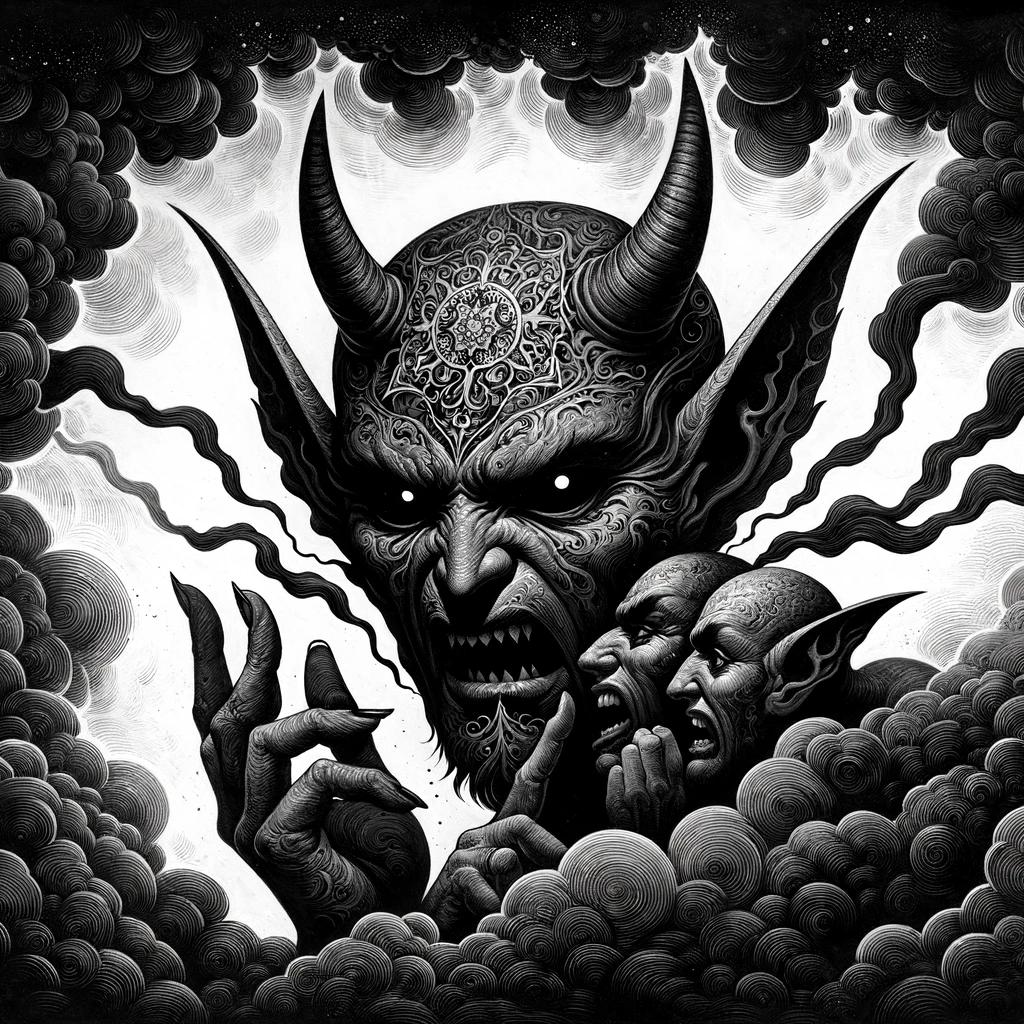Spenta Mainyu god: Unveiling the Divine Protector in Zoroastrianism

Spenta Mainyu god is a prominent figure in Zoroastrianism, representing the Holy Spirit and divine protection. Alongside Angra Mainyu, the adversary, these deities play significant roles in the faith.
Spenta Mainyu, created by Ahura Mazda, safeguards various realms and beings, including the sky, water, plants, and unborn children. This article explores Spenta Mainyu’s role in Zoroastrian cosmology, its symbolism, and its relevance in ancient and modern Zoroastrian practices.
Additionally, it delves into the influence of Spenta Mainyu beyond Zoroastrianism, in other religions and contemporary spiritual movements. Comparative studies and research are also discussed.
Exploring the Deities of Zoroastrianism
In this section, we delve into the intricate world of deities within the Zoroastrian faith, shedding light on their significance and roles. From the Holy Spirit and Divine Protector, Spenta Mainyu, to the Destructive Spirit and Adversary, Angra Mainyu, we uncover the contrasting forces that shape Zoroastrian cosmology.
Additionally, we explore the importance of other notable deities in Zoroastrianism.
Spenta Mainyu: The Holy Spirit and Divine Protector
Spenta Mainyu, known as the Holy Spirit and Divine Protector, holds a paramount position in Zoroastrianism. Created by Ahura Mazda, the Wise Lord, to counter the malevolent influence of Angra Mainyu, Spenta Mainyu serves as a guardian and sustainer of various realms and creatures.
Its protective influence extends to the heavens, waters, earth, plants, and unborn children.
Angra Mainyu: The Destructive Spirit and Adversary
Angra Mainyu stands as the primary adversary of Spenta Mainyu and Ahura Mazda. Described as the Destructive Spirit, it represents the forces of evil and chaos within Zoroastrianism. Angra Mainyu seeks to corrupt and destroy the creations of Ahura Mazda, perpetuating disorder and discord in the world.
Other Important Deities in Zoroastrianism
Beyond the contrasting forces of Spenta Mainyu and Angra Mainyu, Zoroastrianism encompasses a pantheon of deities that embody essential concepts within the faith. Aramaiti personifies piety, devotion, and serenity, and is associated with the earth.
Haurvatat represents health and integrity, inextricably linked with water. Ameretat symbolizes immortality and eternal life, finding its association with the realm of plants. These deities, along with others, play crucial roles in the religion, emphasizing the notions of harmony, purification, and the promise of life beyond death.
The Role of Spenta Mainyu in Zoroastrian Cosmology
Spenta Mainyu, as a central deity in Zoroastrianism, holds a pivotal role in shaping the cosmological framework of this ancient religion. This section delves into various aspects of Spenta Mainyu’s significance within Zoroastrian cosmology, exploring its creation by Ahura Mazda, its responsibilities in the natural world, and its profound influence on human life and moral choices.
Spenta Mainyu’s Creation by Ahura Mazda
According to Zoroastrian belief, Spenta Mainyu was created by Ahura Mazda, the Wise Lord, as a divine counterpart to counteract the destructive force of Angra Mainyu. It is through Ahura Mazda’s wisdom that Spenta Mainyu came into existence, embodying the principles of goodness, protection, and order.
As the manifestation of the Holy Spirit, Spenta Mainyu represents the benevolent power that opposes evil.
Spenta Mainyu’s Responsibilities in the Natural World
Spenta Mainyu assumes numerous responsibilities in safeguarding and maintaining the natural world. It is believed to protect vital elements such as the sky, water, earth, plants, and unborn children. The divine presence of Spenta Mainyu ensures harmony and balance in the environment, offering a nurturing atmosphere for life to flourish.
This deity’s vigilant guardianship over the various realms of existence underscores its significance in upholding the fundamental fabric of the universe.
Spenta Mainyu’s Influence on Human Life and Moral Choices
Spenta Mainyu exerts a profound influence on human life, shaping individual moral choices and guiding ethical conduct. As the embodiment of divine grace and wisdom, Spenta Mainyu inspires individuals to strive for righteousness and reject the temptations of evil.
It serves as a moral compass, encouraging adherents to pursue virtuous actions, uphold truth, and fight against corruption and deceit. The recognition of Spenta Mainyu’s presence in human existence instills a sense of purpose, fostering a deep commitment to leading a meaningful and righteous life.
In conclusion, Spenta Mainyu plays a crucial role in Zoroastrian cosmology, symbolizing the Holy Spirit and functioning as a divine force protecting the natural world and guiding human morality. Its creation by Ahura Mazda and its influence on various aspects of existence reflect the rich theological significance attributed to Spenta Mainyu within the Zoroastrian faith.
Symbolism and Significance: Unveiling the Essence of Spenta Mainyu
Spenta Mainyu, as a central figure in Zoroastrianism, holds profound symbolic representations and attributes that unveil the essence of its significance within the faith. With its divine presence, Spenta Mainyu embodies the principles of goodness, protection, and divine order.
Spenta Mainyu’s Symbolic Representations and Attributes
Within Zoroastrianism, Spenta Mainyu is often represented through various symbols and attributes that convey its divine nature and significance. Some of these symbolic representations include:
- The Eternal Flame: Spenta Mainyu is closely associated with the divine flame, which represents its eternal presence and its role in protecting and nurturing the world.
- The Winged Figure: In Zoroastrian artwork, Spenta Mainyu is often depicted as a winged figure, symbolizing its ethereal nature and its ability to transcend earthly boundaries.
- The Halo: Another common symbol associated with Spenta Mainyu is the halo, representing its divine radiance and pure essence.
Alongside these symbolic representations, Spenta Mainyu is known for its attributes that further emphasize its significance within Zoroastrian belief.
These attributes include:
- Divine Wisdom: Spenta Mainyu possesses immense wisdom and knowledge, guiding individuals towards righteous actions and moral conduct.
- Protective Nature: As the divine protector, Spenta Mainyu safeguards the harmony and balance of the natural world, shielding it from the destructive forces of Angra Mainyu.
- Nurturing Energy: Spenta Mainyu’s essence encompasses nurturing qualities, fostering growth, abundance, and prosperity within the realms it overlooks.
The Divine Purpose of Spenta Mainyu in Zoroastrian Faith
Spenta Mainyu serves a vital role in the core tenets of Zoroastrianism, reflecting the faith’s emphasis on righteousness, order, and the eternal battle between good and evil.
Its divine purpose lies in maintaining the cosmic balance and facilitating the spiritual progress of humanity.
Within Zoroastrian cosmology, Spenta Mainyu acts as a beacon of hope and aspiration for individuals seeking spiritual enlightenment.
Its presence inspires believers to strive towards righteousness, aligning their thoughts, words, and actions with the divine order represented by Spenta Mainyu.
Furthermore, Spenta Mainyu serves as a unifying force within the Zoroastrian community, transcending social, cultural, and geographical boundaries.
Its significance extends beyond mere deification, fostering a profound sense of collective identity and purpose among followers.
Spenta Mainyu as a Source of Hope and Guidance for Zoroastrians
For Zoroastrians, Spenta Mainyu embodies the ultimate source of hope and guidance in navigating life’s challenges and moral dilemmas. Its presence offers solace and encouragement, providing believers with the strength and determination to overcome adversity.
As a divine protector, Spenta Mainyu instills a sense of security and comfort in the hearts of Zoroastrians, assuring them that their pursuit of righteousness and adherence to moral values are supported and rewarded by the eternal forces it represents.
Moreover, Spenta Mainyu’s teachings and principles serve as a compass for ethical decision-making. Its message of goodness and compassion influences the moral framework of Zoroastrians, inspiring them to contribute positively to their communities and the world at large.
In conclusion, Spenta Mainyu holds significant symbolic and spiritual importance within Zoroastrianism. Its representations, attributes, and divine purpose reflect the fundamental principles of the faith, fostering hope, guidance, and moral strength among believers as they navigate life’s complexities.
Spenta Mainyu in Ancient and Modern Zoroastrian Practices
Spenta Mainyu, the Holy Spirit and divine protector, holds a significant place in both ancient and modern Zoroastrian practices. Exploring its role in various aspects of the faith sheds light on the evolution and continued reverence for this deity.
Spenta Mainyu in Ancient Zoroastrian Scriptures and Rituals
In ancient Zoroastrian scriptures and rituals, Spenta Mainyu is prominently depicted as a powerful force embodying protection, righteousness, and the preservation of cosmic order. The Avesta, the sacred texts of Zoroastrianism, contain hymns and prayers dedicated to invoking the blessings of Spenta Mainyu.
Rituals such as Yasna, which involves the recitation and offering of prayers, emphasize the essential role of Spenta Mainyu as a guardian and benefactor in the lives of believers. Its presence is invoked to ward off evil and foster spiritual purity.
The Present-Day Reverence for Spenta Mainyu in Zoroastrian Communities
In modern-day Zoroastrian communities, the reverence for Spenta Mainyu remains strong. The divine protector is honored through collective worship, where prayers and rituals are performed in temples and fire altars.
Devotees seek the benevolent guidance and protection of Spenta Mainyu in their daily lives, acknowledging its role as an intermediary between humanity and Ahura Mazda.
The belief in the divine presence of Spenta Mainyu instills faith, hope, and a sense of moral responsibility among followers.
Spenta Mainyu’s Relevance and Significance in the Modern World
Even in the modern world, Spenta Mainyu’s relevance and significance transcend the boundaries of religion. Its concepts of divine protection, righteousness, and the preservation of harmony resonate with individuals seeking spiritual meaning and moral guidance.
The teachings and symbolism associated with Spenta Mainyu continue to inspire individuals towards acts of kindness, justice, and the pursuit of a harmonious existence. The enduring significance of Spenta Mainyu highlights the timeless wisdom and relevance of Zoroastrianism in today’s society.
Spenta Mainyu: Beyond Zoroastrianism
Spenta Mainyu, the revered deity in Zoroastrianism, holds influence beyond the boundaries of this ancient religion. Its teachings and concepts have permeated other religious and cultural traditions, impacting diverse communities around the world.
Influence of Zoroastrianism and Spenta Mainyu on Other Religions and Cultures
- Zoroastrianism’s emphasis on duality, with Spenta Mainyu as the embodiment of goodness and Angra Mainyu as the force of evil, has influenced various dualistic belief systems.
- The concepts of divine protection, moral choices, and the battle between good and evil have found echoes in religions such as Manichaeism and Gnosticism.
- The ancient Persian empire’s expansion and cultural interactions spread Zoroastrian ideas, eventually influencing the belief systems of neighboring civilizations.
Exploring Comparative Studies and Research on Spenta Mainyu
Academic research and comparative studies play a crucial role in understanding the significance of Spenta Mainyu in a broader context.
Scholars have delved into various aspects of this divine entity, examining its parallels in other mythologies and the impact of Zoroastrianism on global religious history.
- Comparative mythology sheds light on the similarities between Spenta Mainyu and other divine protectors or spirits found in different belief systems worldwide.
- Interdisciplinary studies explore the influence of Zoroastrianism and Spenta Mainyu on the development of ethical systems, philosophy, and religious thought.
- Archaeological and anthropological research unravels the socio-cultural impact of Zoroastrianism, including the diffusion of Spenta Mainyu’s concepts in ancient and modern societies.
Spenta Mainyu’s Impact on New Perspectives and Spiritual Movements in the 21st Century
Even in the 21st century, Spenta Mainyu continues to inspire new perspectives and spiritual movements, resonating with individuals seeking meaning, guidance, and a sense of spiritual interconnectedness in their lives.
- Spenta Mainyu’s emphasis on harmony, balance, and ethical decision-making contributes to the foundation of eco-spirituality and environmental activism.
- The enduring symbolism of Spenta Mainyu as a protector and source of hope finds resonance in the contemporary spiritual practices that draw inspiration from Zoroastrian traditions.
- Various eclectic spiritual movements and syncretic faiths incorporate elements of Zoroastrianism and embrace the concept of Spenta Mainyu as a unifying force for humanity.
.













